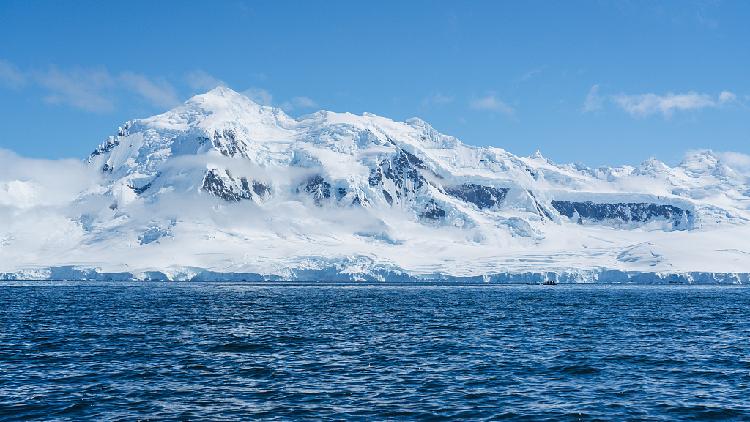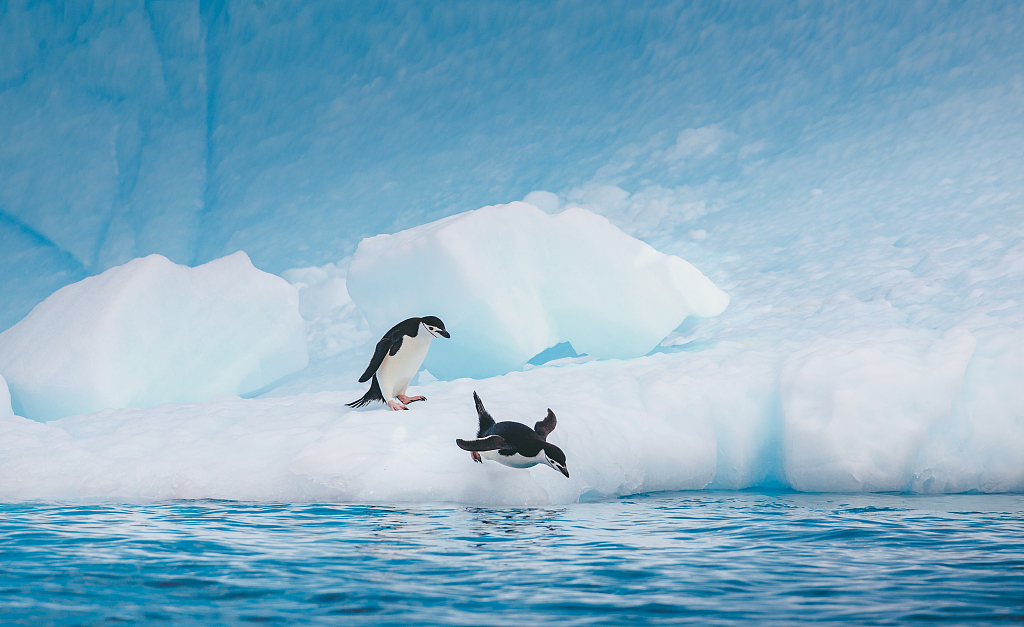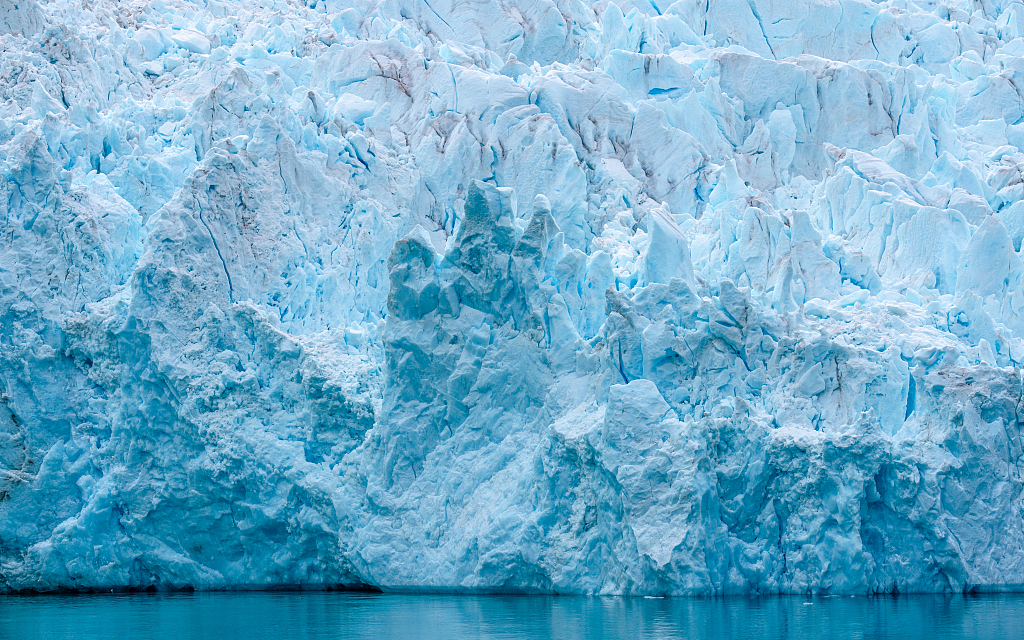Antarctic scientists gather information to learn climate secrets
Scientists have successfully drilled through 580 meters of ice and gathered crucial information to understand the West Antarctic Ice Sheet's past response to climate warming.

Scientists have successfully drilled through 580 meters of ice and gathered crucial information to understand the West Antarctic Ice Sheet's past response to climate warming.
The international team of researchers, co-led by GNS Science, Victoria University of Wellington and Antarctica New Zealand, has obtained the longest sediment core ever retrieved from the remote Siple Coast, which helps understand vital climate secrets.
"It's cutting-edge science and incredibly challenging work," Richard Levy from GNS Science and the Victoria University of Wellington said on Wednesday.

The coveted core is expected to reach back hundreds of thousands of years, potentially even millions of years, Levy said, adding that such a record would include the last interglacial period 125,000 years ago, when Earth was around 1.5 degrees Celsius warmer than pre-industrial temperatures, similar to the temperatures being approached this year due to climate change.
The team of 27, comprising scientists, drillers and crew set up camp 860 kilometers from Scott Base, living and working in tents on ice from late November through to January, as part of the SWAIS 2C (Sensitivity of the West Antarctic Ice Sheet to 2°C) project.
"We're at the frontier, drilling through an ice shelf into the seafloor, to acquire sediment samples that no one has previously been able to obtain," said Levy, also SWAIS 2C co-chief scientist.

Tina van de Flierdt, SWAIS 2C co-chief scientist from Imperial College London, said the West Antarctic Ice Sheet is currently losing mass "at an unprecedented rate."
"It is one of the most vulnerable components in the Earth system to increasing warming. But we fundamentally do not know when and how fast it will disintegrate and increase global sea level by several meters," Tina van de Flierdt said.
The sequence of rocks in the sediment should tell how the West Antarctic Ice Sheet behaved when it was a bit warmer than today, which will build a much better picture of how Antarctic ice will respond to future warming, which parts will melt first, and which parts will remain, Levy said.
It is a massive step forward towards the ultimate goal to recover the sediment needed to answer the big questions that are crucial for humanity as the world adapt and plan for sea-level rise, according to Tina van de Flierdt.
(Cover image via CFP)
Find more stories on the environment and climate change on TROIB/Planet Health












